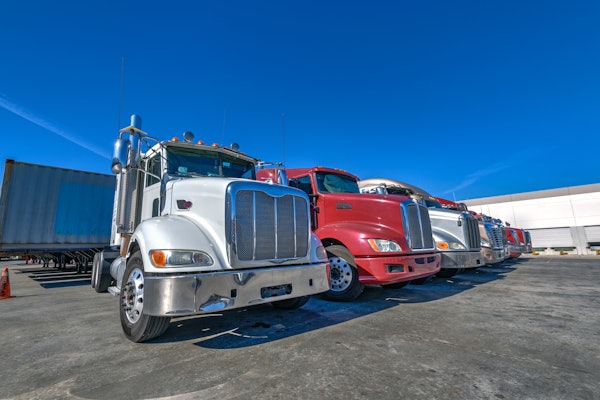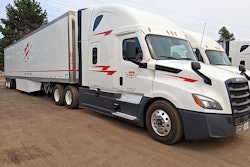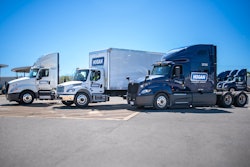Mack Trucks is looking for opportunities to broaden its product line, said Mack Trucks President and CEO Paul Vikner.
“We are looking at segments of the market where Mack has had a strong presence in the past,” he told Randall Trucking Media editors this week at the Mack headquarters in Allentown, Pa.
That could include medium-duty and long-haul trucks, but Vikner said it is too early to say what Mack might do or when a decision would be reached. He noted that Mack is “the only Class 8 group in North America that does not have any medium-duty” products.
Mack’s share of the U.S. Class 8 market has been 10 percent to 11 percent in recent years, after a peak of 14.5 percent four years ago, Vikner said. The company does not plan to become the dominant Class 8 producer, but would like a bigger market share, he said.
Mack intends to focus on its three core markets: construction, refuse and regional distribution. In the regional niche, Mack lost market share in recent years partly because its capacity was limited by a transfer of production between plants. Also, Freightliner and its sister companies Sterling and Detroit Diesel made inroads after October 2002 because Mercedes-Benz engines (marketed through Detroit Diesel) were still exempt from the consent decree that held other heavy-duty engines to new emission standards.
The new axle-back model of the popular Granite should allow Mack to recoup some of the business lost to competing vehicles sold by International, Vikner said.
Class 8 sales should be good for the industry through 2005 and 2006, he said. He predicted those sales this year would grow 20 percent over 2004, when the industry sold 203,197 units, according to Ward’s Communications. That was 43 percent above 2003 sales.
Concerns over 2007 emission standards will be one factor driving sales, especially in 2006. In spite of the industry’s best efforts for early testing, “I think there will be some level of a pre-buy,” Vikner said.
He declined specific estimates, but said customers should expect to pay thousands of dollars more for the 2007 engines. As for fuel economy, “customers shouldn’t see any big impact from this.”






